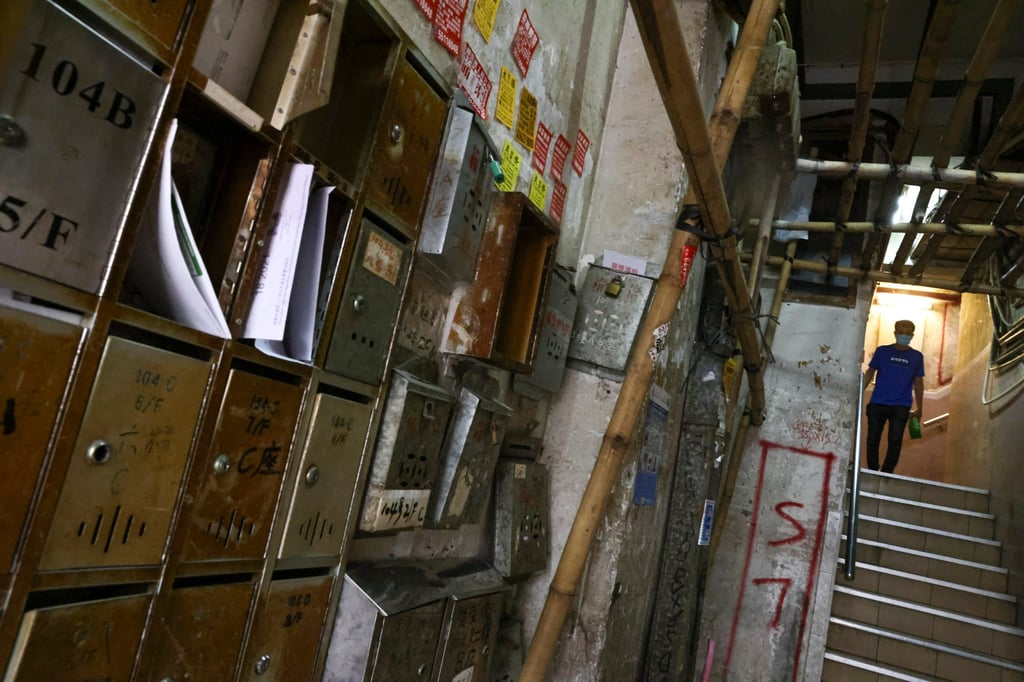Temporary housing scheme is about improving lives, not just numbers, says Hong Kong leader reacting to criticism
- Lawmakers have criticised the costs of building ‘light public housing’, which are higher than those of permanent public units
- To calculate if temporary housing is worth it one has to take hardships faced by low-income groups into account, says city leader John Lee

Hong Kong leader John Lee Ka-chiu has defended his new temporary housing scheme by saying that improving low-income groups’ quality of life is about more than just the numbers amid criticism of its high construction cost.
Lawmakers had earlier said “light public housing”, a new type of transitional homes, would be more expensive than permanent public flats, accusing authorities of not being transparent enough in providing the cost breakdown and design.
Lee said at a forum on Thursday that while he understood many people used different “mathematical formulas” to determine if the temporary flats were worth the money, such calculations did not take into account the “real hardships” that low-income groups faced daily.

“These cold figures have not considered their daily hardships of eating right outside the bathroom, having no separate toilet and kitchen, living with woodlice and cockroaches, while children have never sat on a sofa and don’t have a table at which to do their homework,” Lee told the audience at the economic forum.
He said if residents were the ones doing the calculation, he believed they would factor in their adversities, calling that “an experience of flesh and blood”.
“They are not bystanders, and might not agree with these ‘cold figures’,” he added.
The government had been spending more than HK$100 billion (US$12.8 billion) each year on social welfare to help residents improve their lives, he said, arguing this was the “poverty equation” that light public housing would solve.
